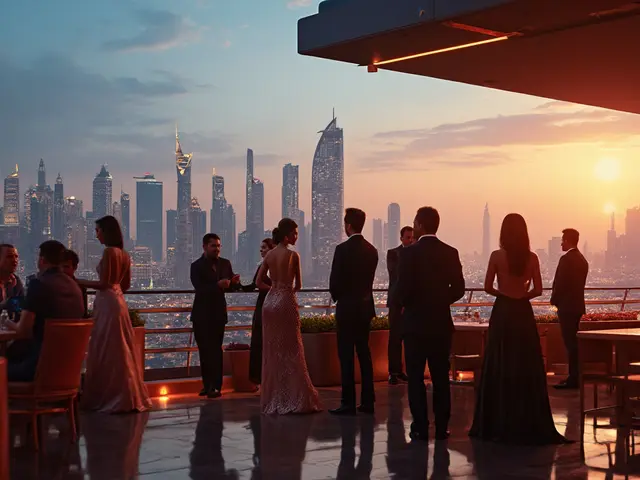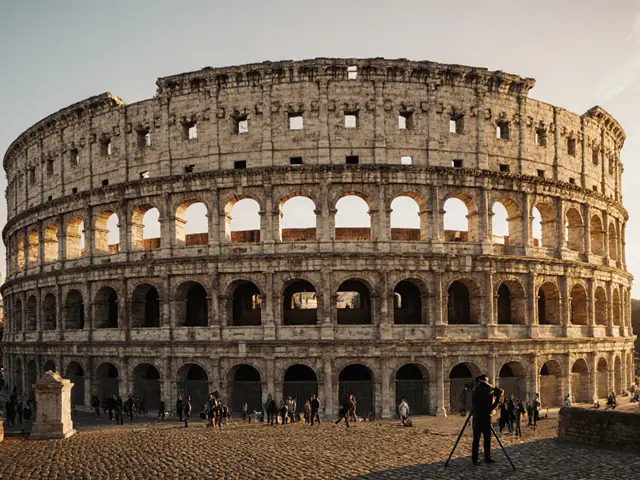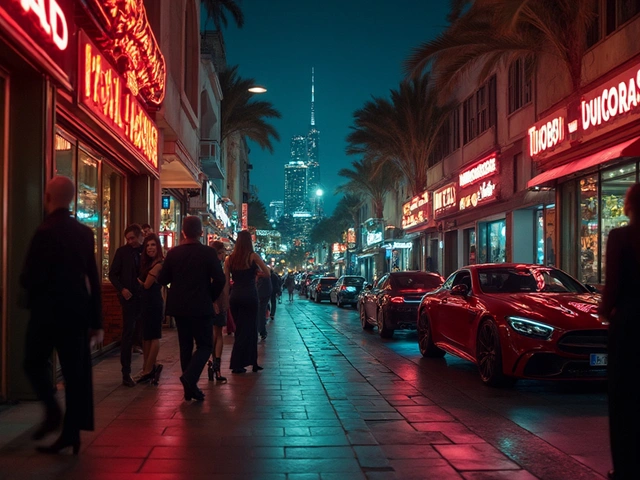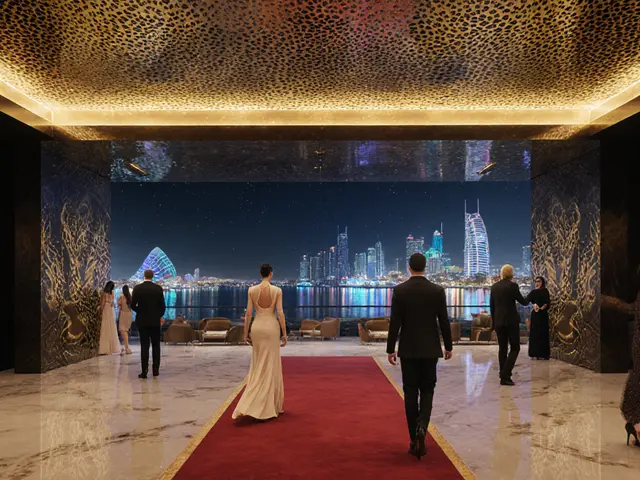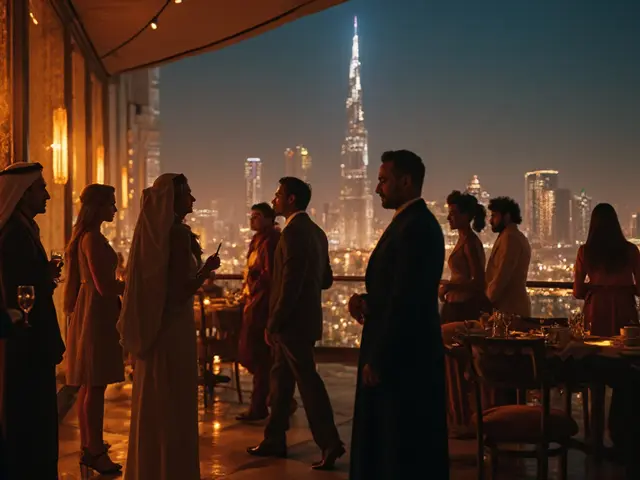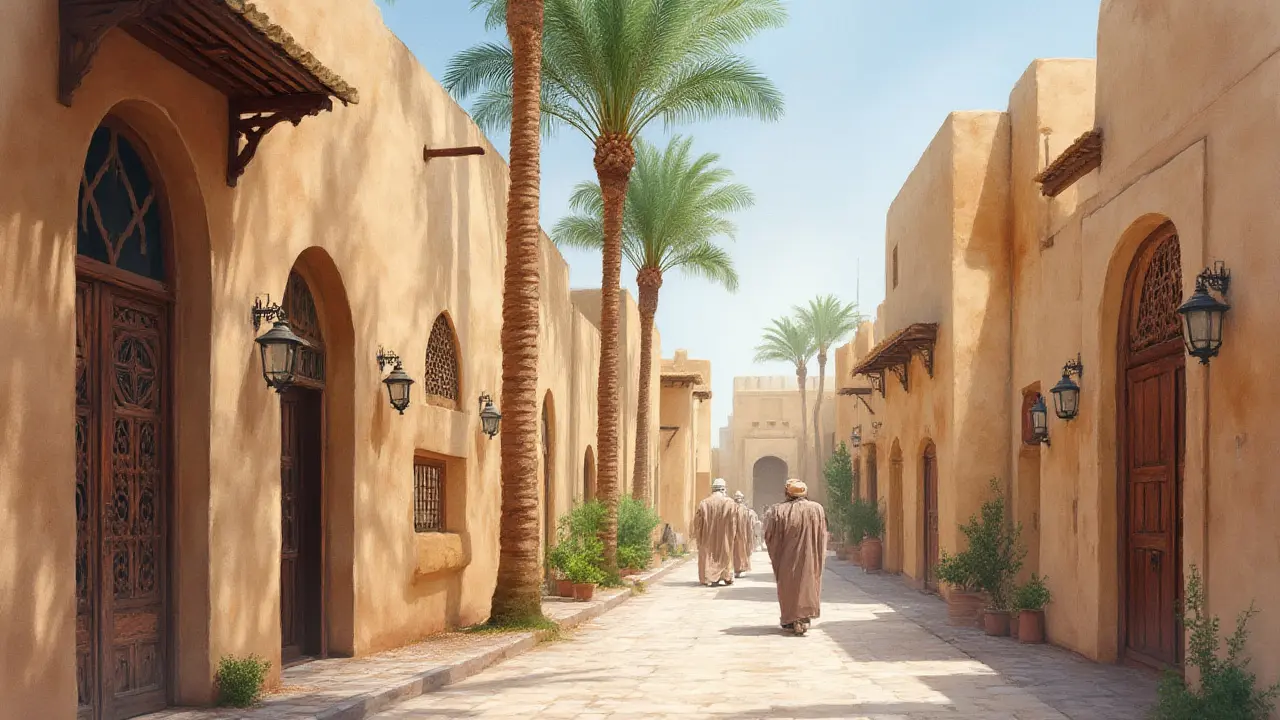
You’d think Dubai’s story starts and ends with towering skyscrapers, glitzy malls, and five-star everything. Yet, every time you think you’ve seen it all, this city has a way of shaking off the glitter and revealing pockets of the past that, somehow, manage to keep quiet. These hidden historical sites lurk just beyond the shadow of the Burj Khalifa, waiting for anyone interested enough to look past the obvious. Crowds flock to Jumeirah Mosque or Al Fahidi Fort, but what about the mausoleum tucked behind a quiet alley, or the sunken village whose memory lingers beneath the desert? Here’s where Dubai trades its ultra-modern shine for raw and genuine history—a patchwork of secret gems that rarely make the top ten lists.
Why Explore Dubai’s Hidden Historical Sites?
Tourism in Dubai has a pace that’s hard to keep up with—big, loud, and always hungry for novelty. But there’s a secret to truly connecting with a city: go where the crowds don’t. That’s not just a cliché; it hits different when you find yourself standing on stones rubbed smooth by centuries of footsteps, rather than polished marble trend-set for the season. Hidden historical sites transform sightseeing into story-hunting. You’re not just another visitor taking the same selfie as thousands before—you’re a traveler in the best sense, standing in quiet places that most locals would nod at in recognition, but never revisit.
There’s a certain thrill that comes with unlocking these lesser-known destinations. When you walk the paths of Al Bastakiya’s untouched corners, peer into abandoned wind towers, or run your fingers along the ancient coral walls in old Al Shindagha, what hits you first is a sense of intimacy. There’s no ‘keep moving’ sign, no tourist group shuffling behind you. You’re free to linger, to imagine traders unloading spices by the creek, or kids dashing through labyrinthine lanes without fear of shopping trolleys.
Hidden sites are also often overlooked by city development plans. That means they retain their honesty; the chipped tiles, names carved by lovesick teenagers, and odd relics found stuck between walls tell stories you won’t find in shiny museum cases. Historian Peter Hellyer summed it up best:
“Dubai’s past is never truly lost, it’s just quieter than its future.”These places aren’t built for Instagram, but the real joy is knowing your memories won’t blend in with the digital crowd.
If you’re worried about authenticity, hidden gems offer the most unfiltered view of Dubai’s history. They haven’t been overly restored or dressed up for guidebooks. You’re often following the traces of old pearl divers, desert villagers, and forgotten visionaries. Many locals still pass these spots quietly, bound by respect for a time when Dubai was more sand than skyline.
For travelers with a bit of patience and curiosity, these sites are rich in rewards. You stumble on ancient graffiti, half-sunk desert walls, or old wooden boats beached near the creek, each whispering tales that never made the headlines. For every minute avoiding the lines at big attractions, you’re adding layers to your own travelogue—one likely to surprise even longtime Dubai residents.
Five Fascinating Gems Off the Beaten Path
If you think Dubai’s historic scene begins and ends in the Al Fahidi neighborhood, brace yourself. The city is sprinkled with lesser-known treasures, each holding its own charm—sometimes literally hidden in plain sight. For starters, head to the Saruq Al Hadid Archaeological Museum. This place isn’t just a museum; it sits on the discoveries of an Iron Age settlement buried deep beneath Dubai’s shifting sands. It’s wild to imagine that artifacts nearly three thousand years old have been unearthed only recently, showing Dubai’s role as an ancient metalworking hub. Most people drive by without giving a thought. But inside, tiny gold rings and ceremonial daggers say more about civilization than most city tours ever could.
Another overlooked marvel is the Jumeirah Archaeological Site. Step off the usual road to Jumeirah Beach, and you’ll walk into open sandy grounds where 6th-century remnants peek out. There’s barely a crowd, and with each stone wall, you get closer to imagining a Dubai that survived on pearl fishing and trade, long before luxury malls. Keep an eye out for spotted lizards darting between rocks—they’re little time-travelers too.
If you love atmosphere, sneak into the Hindu Temple Street in Bur Dubai. It isn’t a single landmark but a sliver of the city buzzing with a blend of spices, incense, and chants. While the temples themselves are known, the alley’s vibe—the brass shops, hidden shrines, and unexpected murals—offers a living heritage rarely highlighted in tourist brochures. Don’t just pass by; join a humble ritual or grab a sweet from a narrow side stall run by families who’ve lived there for decades.
For a serious taste of mystery, venture toward Ghost Village in Al Madam. Once a thriving settlement, it’s now slowly being swallowed by the desert. Sand piles up inside leaning houses, and you’ll spot rusted swings where children once played. The eerie quiet is broken only by the wind. Grab a photo, but respect the space—locals believe the desert itself claims what it’s owed.
Don’t ignore the Bastakiya’s hidden courts. While crowds snap away at the main walkways, slip into side alleys where air thickens with stories from lost generations. Old wooden doors—some carved with intricate designs—still reveal secrets when the right local opens them. And every now and then, you’ll spot an Arabian falcon tethered quietly on a perch, a nod to past glories. In these places, the city’s heart beats a little slower, and you might just catch it.
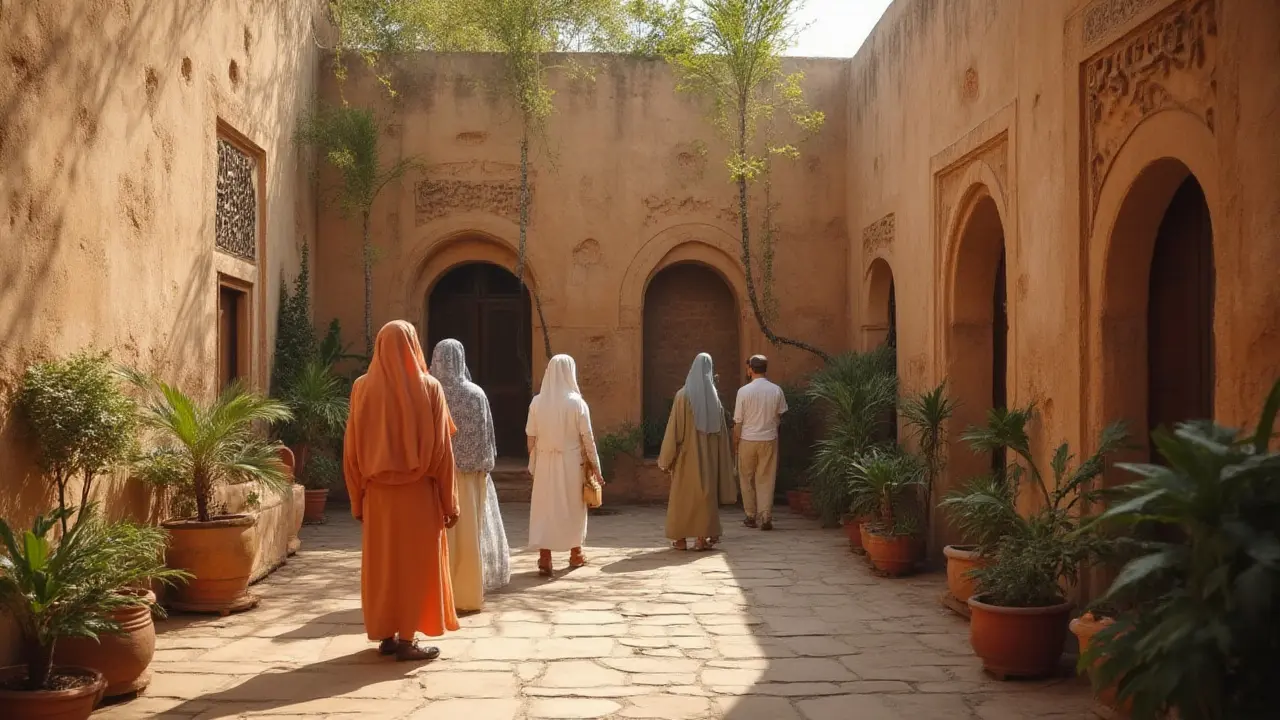
Stories Behind the Walls: Local Legends and Forgotten Tales
Peeling back the layers of Dubai’s hidden spots is like running your hands across a tapestry threaded with forgotten names and old ambitions. Most locals tell stories of the Bastakiya quarter. In the late 19th century, Iranian merchants fled taxation and crossed the Persian Gulf, landing here. They built wind towers not as decoration, but as a clever way to funnel breezes into their homes long before air-conditioning existed. Wander along these lanes, and you might stumble across faded street art depicting trade ships, golden spices, and camels laden with dates—a visual summary of a time when survival meant trading well and keeping cool.
The old Al Shindagha district offers up tales of perseverance. Back in the 1920s, local ruler Sheikh Saeed Al Maktoum made it his residence—long before his family’s name became global. The house, built from coral, gypsum, and wood, is a maze of rooms that once hosted meetings shaping the city’s growth. Neighbors would gather over sweet tea on windy rooftops, sharing news while overlooking a then-unpaved Dubai Creek. Look closely, and you’ll spot dents on the wood frames, worn down by decades of late-night debates and children’s games during Eid.
Over near the Jumeirah Archaeological Site, old fishermen would spin tales about hidden storerooms full of ancient coins—buried beneath date palms for luck, or perhaps just safe keeping. While archeologists have found pottery shards and glass beads instead, it’s the stories that keep the magic alive. One elderly local, Ahmed, joked to me that “for every coin found, there are twenty more under your feet,” suggesting Dubai’s riches are as much about luck as persistence.
Out in the desert, the Ghost Village at Al Madam feels mythic. Elderly Bedouin recall how water scarcity pushed entire families to pack up overnight. Legends persist of mysterious sandstorms that target only empty villages, racing through abandoned rooms to deposit dunes as reminders of nature’s will. Packs of wild camels occasionally stand guard, making visitors wonder who’s trespassing—man or beast?
And don’t forget Hindu Temple Alley, where the shopkeepers’ stories braid Hindu, Sikh, and Arab traditions together. Marriages, festivals, sly jokes passed between neighbors—urban myth mixes with lived experience in a resilience as solid as the old stone tiles beneath your feet. Each retold tale keeps the spirit of ‘old Dubai’ alive, even if the city changes around it every year.
Practical Tips for Exploring Secret Historical Gems
If you’re ready to ditch the guidebook and set your own pace, there are tricks to making every hidden site sing. Start early; Dubai’s sun is relentless after breakfast, and the best secrets reveal themselves before the world gets too noisy. You’ll find Bastakiya’s alleys almost empty right after sunrise, or you can savor the echoing calm in Al Shindagha long before the bus tours arrive. Wear sensible shoes—ancient pathways, shifting sands, and uneven stones can turn a cute stroll into a cautionary tale the second you trip on rubble.
Don’t expect flashy signs or obvious markers. Hidden gems usually announce themselves subtly—a worn archway, a cluster of old tiles peeking from underneath modern renovations, or a tiny plaque with faded Arabic script. Follow your nose rather than your map. If you see an older local sweeping the stoop, don’t be shy. Greet them, ask politely, and you’ll find many are happy to share snippets of the past. It helps to learn a few key words in Arabic—just a simple “Salam Alaikum” often opens doors (sometimes literally!).
Stay hydrated, and bring a scarf or light head covering, especially in more traditional quarters. This is about comfort and respect, not just style. Some sites—particularly religious or family-owned spaces—ask visitors to dress modestly and keep cameras tucked away. Always ask before snapping pictures, even if everyone around you seems absorbed in their phones. Remember, sacredness means different things in different cultures.
If you’re venturing into the Ghost Village or desert ruins, go with a friend and let someone know your plans. Sand can be disorienting, and phone signals still drop in remote pockets. A small backpack with water, snacks, and a phone charger can save you stress. For the best light for photos, late afternoon and early morning offer softer hues that make ruins and old walls glow with an unreal golden shimmer.
Local markets near these historic zones usually offer handmade snacks, perfect for a mid-exploration break. Try pistachio halwa, fresh dates, or a spiced lemonade—flavors that haven’t changed for generations. Keep some cash handy; old shopkeepers rarely accept cards, but will grin at your attempt to haggle in broken Arabic. As you explore, jot down place names or observations in a notebook. Algorithms don’t log this kind of magic, and you’ll want your own version of Dubai’s shifting history to look back on.
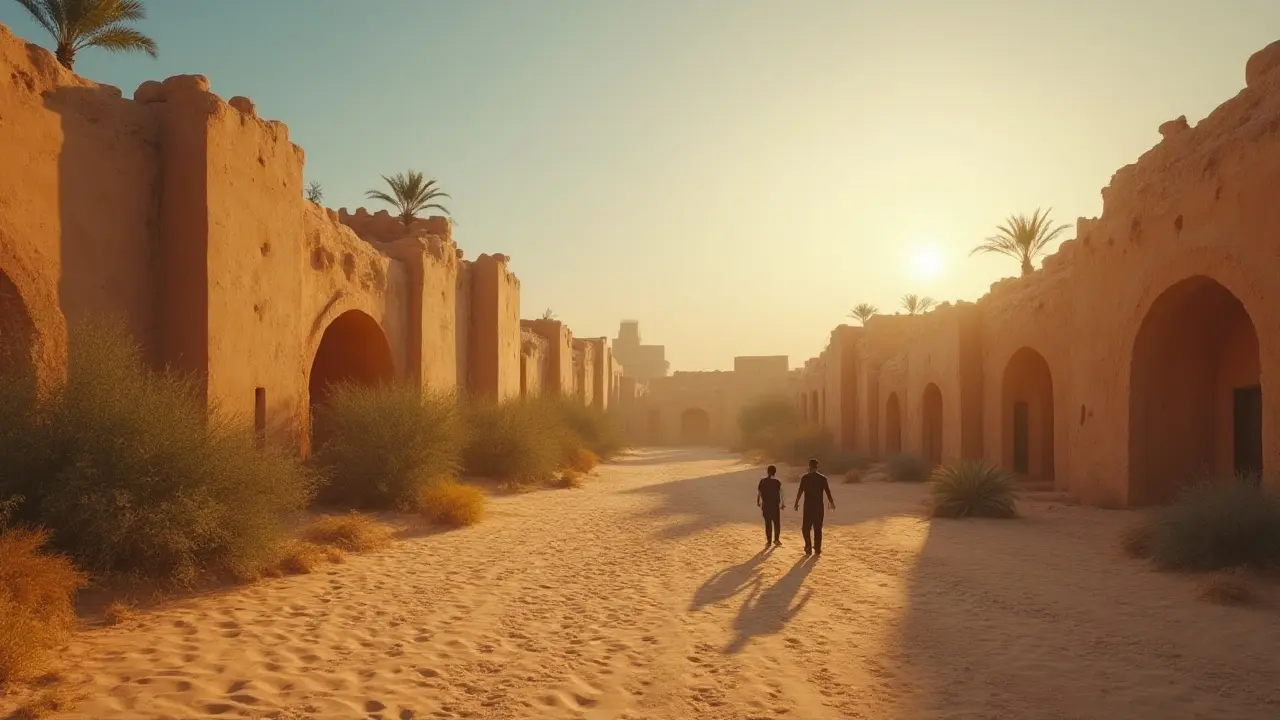
Why Hidden Historical Sites Will Change Your View of Dubai
If you’ve ever believed that Dubai is just another futuristic metropolis, stepping into its forgotten corners flips that story upside down. Watching the city’s past survive amid high-speed growth isn’t just a history lesson—it’s proof of a deeper pulse. The beauty of visiting these spots is realizing just how many identities the city can hold at once: lavish and humble, ancient and new, silent and bursting with untold tales.
People often forget that Dubai’s oldest buildings aren’t relics frozen in time—they’re still shaping daily life. Look close at Bastakiya’s walls, and you’ll see new calligraphy painted next to ancient scripts. In Shindagha, children chase each other across the same creaky boards where rulers once paced nervously. Even in Ghost Village, you’ll spot graffiti left by restless teens sneaking out for adventure. The layering of stories is what gives these places their unforgettable charm.
History here isn’t something you observe at a distance; you walk through it, touch it, sometimes even breathe its scents of cardamom and smoke. Locals may not always realize what outsiders crave: the real, the unpolished, the hidden. Travel writers who’ve explored Dubai for decades quietly agree that these secret sites “reveal the soul of the city.” As the travel columnist Sarah Hedley Hymers once wrote:
“It’s the silences between Dubai’s landmarks that tell the truest stories.”
So next time you crave something beyond the usual tourist circuit, swap the selfie stick for a curious eye and sturdy shoes. Trust me, you’ll remember the creak of an old wooden staircase or the wild song of wind in a collapsing village long after skyscrapers blur together. And your *own* Dubai story will never sound like anyone else’s.
